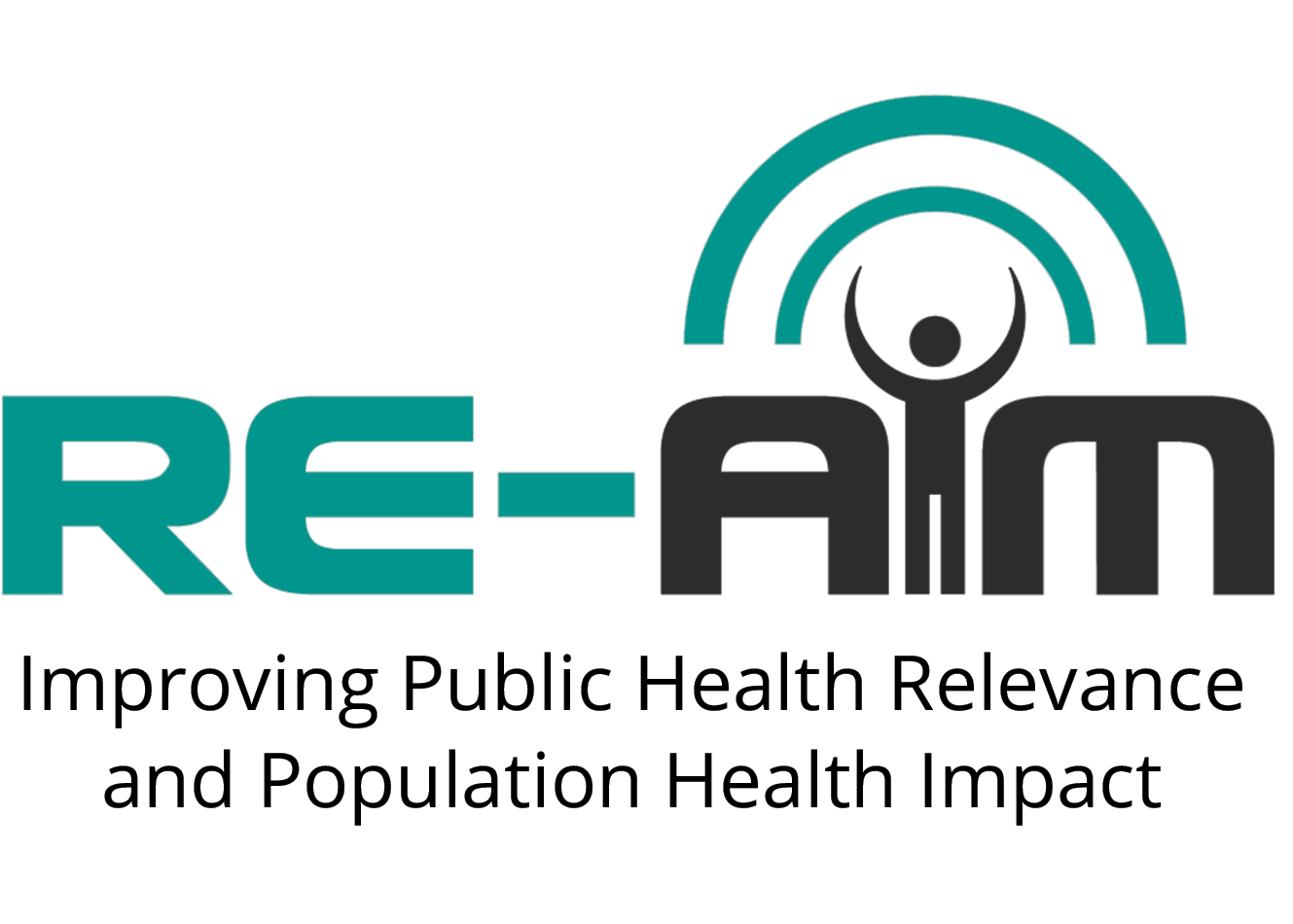ADOPTION of Health Behavior Interventions
Definition: (Setting levels) The absolute number, proportion, and representativeness of settings and intervention agents (people who deliver the program) who are willing to initiate a program, and why. Note that adoption can have many (nested) levels- for example, staff under a supervisor under a clinic or school, under a system, within a community.
Research Issue:
Is evaluating the impact of interventions solely at the individual-level (i.e., reach and efficacy) sufficient? Because different settings (e.g., worksites, medical offices, schools, communities; governing agencies) and agents (e.g., teachers, physicians, health educators) can vary based on the number of resources, level of expertise, and commitment to intervention programs, understanding how adoption of interventions varies among settings and intervention agents (or modalities) is critical to the current and potential impact of an intervention. With the exception of the absolute number of settings involved, researchers seldom report on issues of adoption. As with reach, having information about representativeness unavailable is problematic. If differences do exist between participating sites or agents compared to those who do not, this is evidence of differential adoption. Comparisons should be made on basic information such as resource availability, setting size or location, and interventionist expertise.
Examples of ADOPTION from the literature:
Estabrooks and colleagues (2008) describe a partnership in the development of Walk Kansas (WK) and highlight individual and organizational level outcomes of their study. Phase 1 examined: (a) the reach of WK, (b) physical activity changes, and (c) maintenance of physical activity changes 6 months after the program was completed. Phase 2 explored WK adoption and sustainability over 5 years. WK attracted a large number of participants who were more likely to be female, more active, and older than the adult population within the counties where they resided. Inactive or insufficiently active participants at baseline experienced significant increases in both moderate (p < 0.001) and vigorous (p < 0.001) physical activity. A random selection of participants who were assessed 6 months post-program did not demonstrate a significant decrease in moderate or vigorous activity between program completion and 6-month follow-up. During the first year, 48 counties adopted the program. By year 5, 97 of the state’s 105 counties (92%) had adopted Walk Kansas. Once adopted, these counties were able to sustain the program. Seventy-six percent of counties offered the program to its residents for four of the five study years. WK is effective, has a broad reach, and enables participants to maintain increased activity. It also shows promise for broad adoption and sustainability.
Ready to use RE-AIM in planning, implementing, or evaluating?
